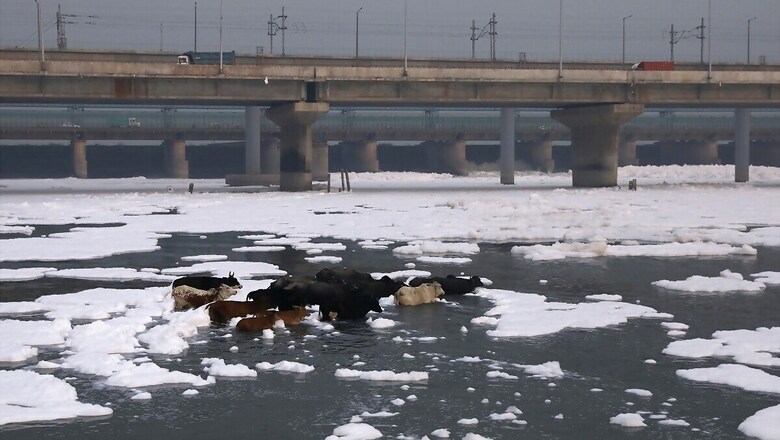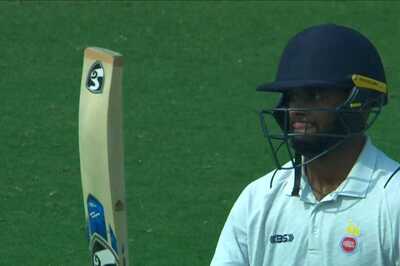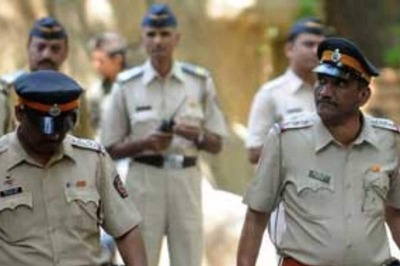
views
River Yamuna in Delhi has almost no fresh water downstream of Wazirabad barrage, except for the monsoon season, and about 941 million litre daily (MLD) of sewage is finding its ways in the river through various drains, data from the Ministry of Jal Shakti says.
Between Wazirabad Barrage and Okhla Barrage, the river has a critical path of 22 km in Delhi. At least 18 major drains discharge into the river in the national capital, the Ministry said last week in a reply in the Lok Sabha.
“Yamuna River has almost no fresh water downstream of Wazirabad barrage in Delhi except (during the) monsoon season. As per Delhi Pollution Control Committee (DPCC) report of January 2021, estimated sewage generation in Delhi is about 3,273 Million Litre per Day (MLD) while installed sewage treatment capacity is about 2,715 MLD, out of which about 2,432 MLD sewage is being treated in Delhi. Thus, about 941 MLD of sewage is finding its way in (the) river through various drains,” the Ministry said.
It also said that 13 Common Effluent Treatment Plants (CETPs) of 212 MLD capacity exist for 17 industrial clusters in Delhi and as per report, “all these CETPs are non-compliant”.
Bio-chemical Oxygen Demand (BOD) of Yamuna at Palla (entry point of Delhi) is about 2.0 mg/l which falls in Class B (outdoor bathing) as per designated best use of water by Central the Pollution Control Board (CPCB).
“BOD of River Yamuna in Delhi stretch increases to 4.8-40 mg/l downstream of Wazirabad barrage to Okhla which indicates that the sewage treatment capacity is not sufficient in the city.”
The Ministry said that under the Namami Gange Programme, a total of 13 projects have been taken up in the city with a sanctioned cost of Rs 2,419 crore to abate the pollution in river Yamuna.
“These projects are at various stages of implementation. Through these projects, a total of 1,384.5 MLD sewage treatment capacities will be created in Delhi.”
The Ministry said it issued directions to the DPCC in 2018 against sub-optimal functioning of CETPs as well as reutilisation of treated wastewater in Delhi.
In 2019, directions were also issued to the Delhi Jal Board (DJB) against non-complying sewage treatment plants operating in Delhi.
In reply to another question, the Ministry said that the water quality monitoring of rivers was conducted by the State Pollution Control Boards (SPCBs)/Pollution Control Committees (PCCs) during March and April, 2020. Based on monitoring results, some of the rivers, including Yamuna, showed improvement in water quality which could be attributed to minimal industrial effluent discharge, no human and/or anthropogenic activities, and cattle movement.
“Rivers in the country are polluted mainly due to discharge of untreated or partially treated sewage from cities/towns and industrial effluents in their respective catchments. It is the responsibility of the States/Union Territories (UTs) and local bodies to ensure treatment of sewage and industrial effluents to the prescribed norms before discharging into rivers, water bodies or land to prevent and control pollution therein,” the Ministry added.
Read all the Latest News, Breaking News and Coronavirus News here




















Comments
0 comment